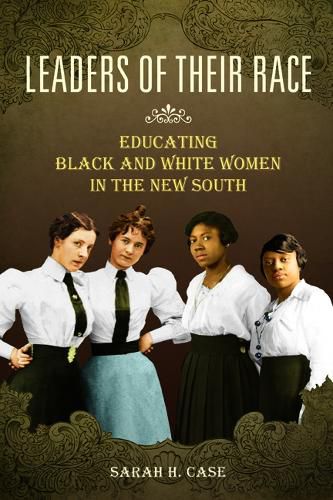Readings Newsletter
Become a Readings Member to make your shopping experience even easier.
Sign in or sign up for free!
You’re not far away from qualifying for FREE standard shipping within Australia
You’ve qualified for FREE standard shipping within Australia
The cart is loading…






Secondary level female education played a foundational role in reshaping women’s identity in the New South. Sarah H. Case examines the transformative processes involved at two Georgia schools–one in Atlanta for African-American girls and young women, the other in Athens and attended by young white women with elite backgrounds. Focusing on the period between 1880 and 1925, Case’s analysis shows how race, gender, sexuality, and region worked within these institutions to shape education. Her comparative approach shines a particular light on how female education embodied the complex ways racial and gender identity functioned at the time. As she shows, the schools cultivated modesty and self-restraint to protect the students. Indeed, concerns about female sexuality and respectability united the schools despite their different student populations. Case also follows the lives of the women as adult teachers, alumnae, and activists who drew on their education to negotiate the New South’s economic and social upheavals.
$9.00 standard shipping within Australia
FREE standard shipping within Australia for orders over $100.00
Express & International shipping calculated at checkout
Secondary level female education played a foundational role in reshaping women’s identity in the New South. Sarah H. Case examines the transformative processes involved at two Georgia schools–one in Atlanta for African-American girls and young women, the other in Athens and attended by young white women with elite backgrounds. Focusing on the period between 1880 and 1925, Case’s analysis shows how race, gender, sexuality, and region worked within these institutions to shape education. Her comparative approach shines a particular light on how female education embodied the complex ways racial and gender identity functioned at the time. As she shows, the schools cultivated modesty and self-restraint to protect the students. Indeed, concerns about female sexuality and respectability united the schools despite their different student populations. Case also follows the lives of the women as adult teachers, alumnae, and activists who drew on their education to negotiate the New South’s economic and social upheavals.